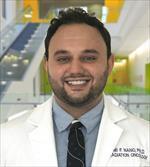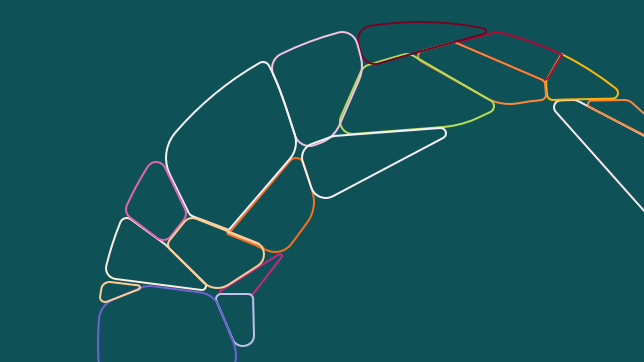Google Scholar: https://scholar.google.com/citations?hl=en
Artificial intelligence (AI) in medicine, such as machine or deep learning, has evolved drastically in recent years. It is being applied to a broad spectrum of problems, however, there are few AI algorithms that have transitioned to clinic and disseminated into practice. Translation of AI algorithms that use medical imaging requires understanding of fundamental imaging physics. Imaging data has some degree of noise, and AI algorithms have some degree of inaccuracy. By understanding the relationship between imaging and statistical models, we can improve how to implement AI algorithms in clinics to provide more accurate predictions.
Dr. Nano's academic and research training has equipped me with a strong understanding of imaging fundamentals that include physics of detectors, image reconstruction, image processing and feature detection in a variety of imaging modalities. Outcomes from Dr. Nano's work are being used in industry and translated to clinics. Dr. Nano's research work has resulted in 7 peer reviewed manuscripts (to journals such as Medical Physics), 2 book chapters, and more than 20 conference presentation. During residency, Dr. Nano will use expertise in medical imaging and computer science to develop a mathematical framework that address challenges of translatability, interpretability and robustness of machine and deep learning predictions in radiation oncology. The overarching goal is to improve patient outcomes and reduce side effects of radiation treatment.
Dr. Nano's clinical responsibility is physics support of radiotherapy. During his residency training, he has contributed to installation, commissioning, maintenance and quality assurance of equipment and procedures used in radiation treatment planning and delivery. Highlights of Dr. Nano's clinical development work at UCSF include: 1) implementing quality assurance reporting of treatments with motion management, and 2) evaluation of inter- and intra- fraction motion during SBRT treatments.









